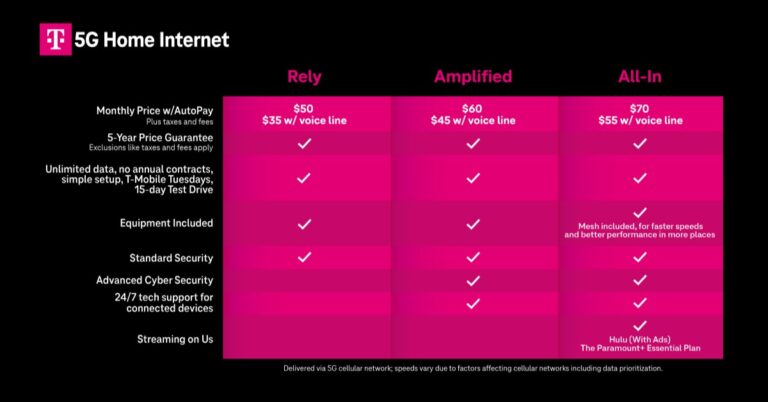CELLSMART Global Cellular Performance Survey captures real-world data about cellular network performance locally across the globe
Cannes, France, 22 February 2023 – CELLSMART, the cellular intelligence division of SmartCIC, has launched its latest Global Cellular Performance Survey, which shows that maximum 5G download speeds available in the field have reached nearly 1 Gbps. Test results showed Norway (994 Mbps) and Spain (993.60 Mbps) topping the rankings for maximum 5G download speeds for indoors and outdoors. The USA and Austria followed closely behind with outdoor tests delivering 966.00 Mbps and 921.10 Mbps respectively.
Peak 5G upload speeds have increased by 35%, from 109 Mbps (Netherlands) in the 2022 survey to 146.75 Mbps (US) in outdoor tests. Tests run in Norway and the Philippines had outdoor speed tests that showed latency of less than 10ms, followed closely by US (10ms), China (11ms) and France (11ms). 5G is still providing hyper-asymmetrical test results with an average outdoor download speed of 210.05 Mbps versus 26.78 Mbps outdoor upload speed.
MAXIMUM DOWNLOAD SPEEDS – OUTDOOR
- Spain – 993.00
- USA – 966.00
- Austria – 921.10
- France – 803.96
- Norway – 789.00
MAXIMUM DOWNLOAD SPEEDS – INDOOR
- Norway – 994.00
- France – 898.00
- Spain – 753.00
- USA – 735.00
- Germany – 619.00
“The survey results demonstrate that 5G is maturing and beginning to deliver on its promise of 1 Gbps download speeds. On some 5G networks, consumers can download an entire high-definition TV episode in eight seconds while businesses can benefit from lightning-fast application performance. These aren’t lab results. We’re seeing these speeds in the field today,” says said Toby Forman, CEO at SmartCIC. “Maximum upload speeds have also increased since our last survey and they are showing that cellular networks are ready to deliver fixed wireless access solutions. Service providers and enterprises just need to know what is available on-the-ground where they operate.”
The 2023 CELLSMART Global Cellular Performance Survey collected data from 21,456 network speed tests conducted in 67 countries and 1,350 unique locations between March 25 2022 and October 31 2022. The survey provides a snap shot of actual performance across cellular technologies across the globe. CELLSMART uses the data it collects in its planning, network selection and service development and monitoring for fixed wireless enterprise customers.
Telemovel in Portugal leads the rankings with 545.38 average download speed, across all network types. It has 138% greater average speed than 10th placed Mint Mobile in the US, showing how drastically different average performance can be even amongst the leading carriers. Other than Singtel, all carriers in the top 10 are located in Western Europe or North America. Singtel is ranked number two in average download speed with 417 Mbps.
Average upload speeds across all network types shows even greater variation. Telstra Mobile in Austria leads with 103.30 Mbps average upload speed that is followed by Finetwork in Spain with 84.58 Mbps.
TOP 5 CARRIERS – AVERAGE DOWNLOAD ALL NETWORKS (Mbps)
Telemovel Portugal 545.38
Singtel Singapore 417.00
T-Mobile USA 351.69
Meo Portugal 350.52
Telia Norge Norway 323.85
“We will see consistent 1 Gbps download speeds and upload speeds of 100 Mbps in 2023. That will be a milestone for both 5G and the entire mobile industry. As download speeds continue to increase, we anticipate upload speeds to rise, especially as fixed wireless access becomes increasingly recognised as a revenue driver and margin opportunity. Overtime, there will be greater emphasis on the B2B opportunity in 5G and in turn upload speeds will become a greater priority,” said Forman.
Download the full report here: CELLSMART Global Cellular Performance Survey – 5G in 2023: At the Edge of the Gigabit Era in Cellular Networks































